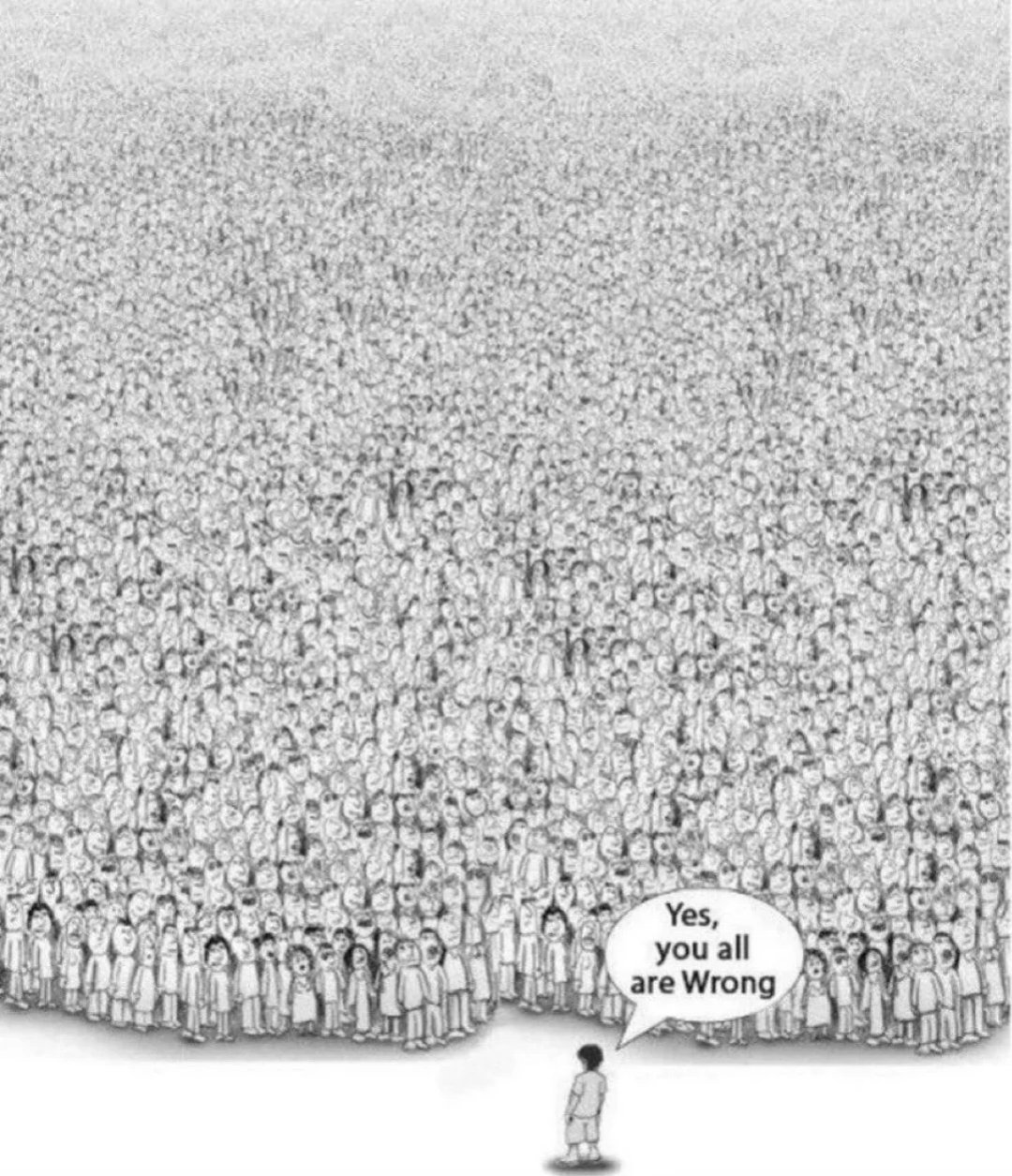this post was submitted on 07 Dec 2023
548 points (87.7% liked)
Asklemmy
48812 readers
534 users here now
A loosely moderated place to ask open-ended questions
If your post meets the following criteria, it's welcome here!
- Open-ended question
- Not offensive: at this point, we do not have the bandwidth to moderate overtly political discussions. Assume best intent and be excellent to each other.
- Not regarding using or support for Lemmy: context, see the list of support communities and tools for finding communities below
- Not ad nauseam inducing: please make sure it is a question that would be new to most members
- An actual topic of discussion
Looking for support?
Looking for a community?
- Lemmyverse: community search
- sub.rehab: maps old subreddits to fediverse options, marks official as such
- !lemmy411@lemmy.ca: a community for finding communities
~Icon~ ~by~ ~@Double_A@discuss.tchncs.de~
founded 6 years ago
MODERATORS
you are viewing a single comment's thread
view the rest of the comments
view the rest of the comments

Absolutely, its all seen as equal so it has to go left to right However as I said in the beginning the way I was taught atleast, is when you see 2(2+2) and not 2×(2+2) you assume that 2(2+2) actually means (2×(2+2 )) and so must do it together.
Ah sorry just realized what you were saying. I've never been taught that. Maybe it's just a difference in teaching styles, but it shouldn't be since it can actually change the outcome. The way I was always taught was if you see a number butted up against an expression in parentheses you assume there is a multiplication symbol there.
So you were taught that 2(2+2) == (2(2+2))
I was taught 2(2+2)==2*(2+2)
Interesting difference though because again, assuming invisible parentheses can really change up how a problem is done.
Edit: looks like theshatterstone54's comment assumed a multiplication symbol as well.
No, it means it's a Term (product). If a=2 and b=3, then axb=2x3, but ab=6.
2(2+2)==(2*(2+2)). More precisely, The Distributive Law says that 2(2+2)=(2x2+2x2).
That's basically what I was taught, too.
Edit to add: Ha, I just realized how similar our usernames are. Neat! :)